The hack exposed feeds showing the insides of offices, hospitals and businesses, including Tesla.
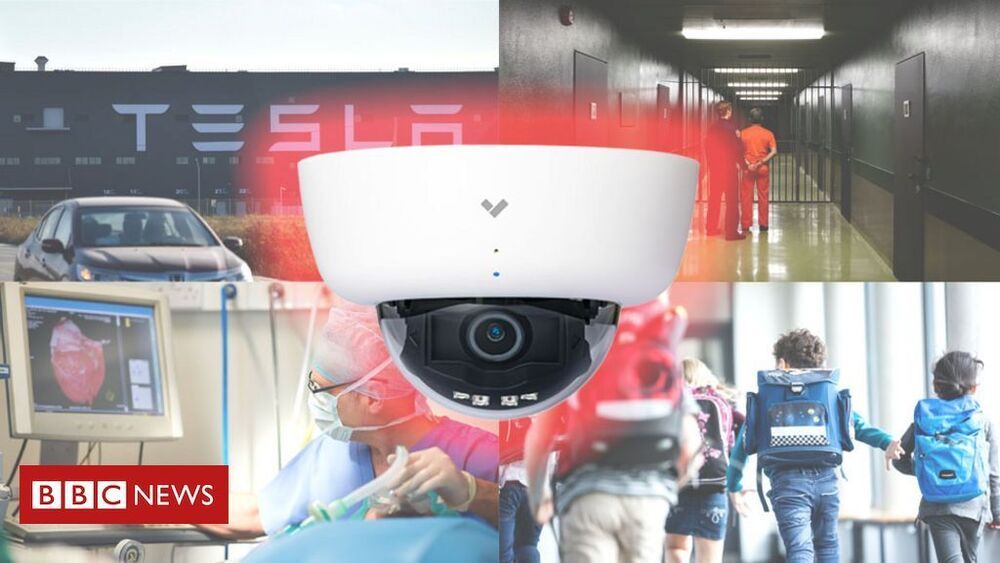


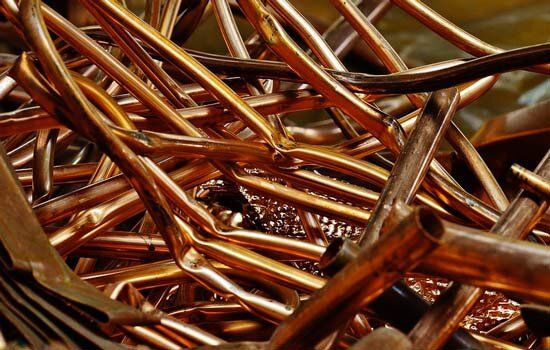
A study by Monash scientists has found that a rare earth affects the fate of a key reaction with copper, gold, silver, and uranium mineralisation.
The work is part of the “Olympic Dam in a test tube” project, where researchers tried to reproduce the processes that resulted in the concentration of more than a trillion dollars worth of metals at Olympic Dam in South Australia in the laboratory.
The study, published in Nature Communications, found that Cerium, which belongs to the group of elements called ‘rare earths’ speeds up important reactions and plays other significant roles.
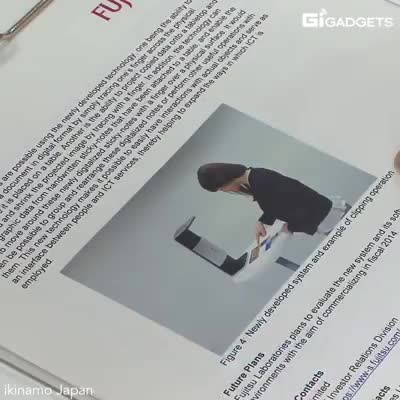
China Plasma Jet Engine is also another name that we’ve heard for the newest invention coming from china…
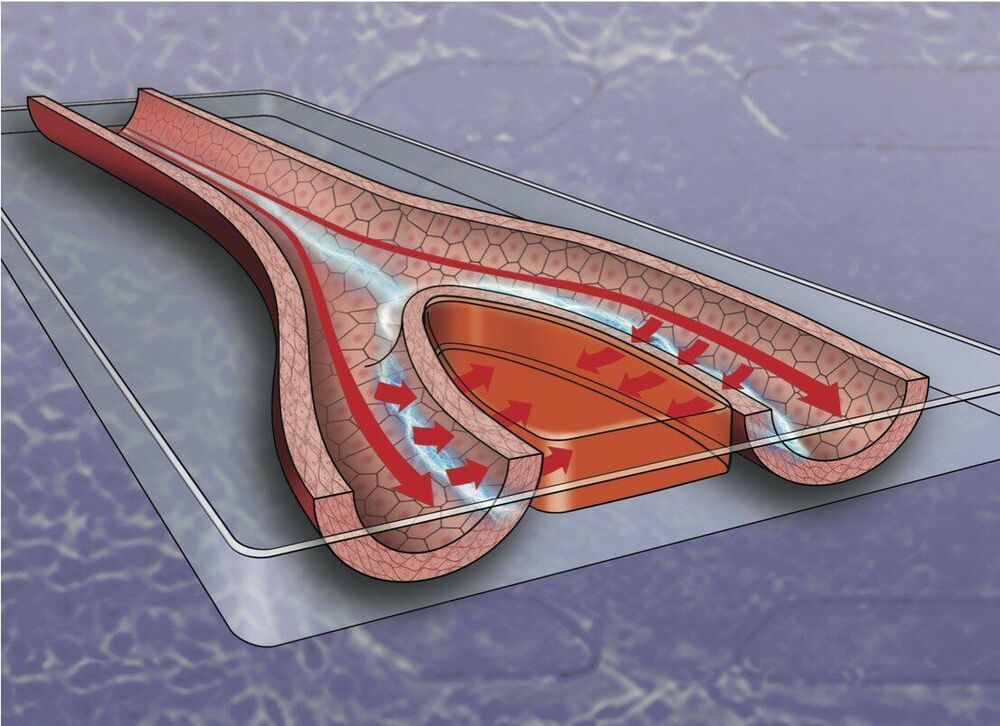
Electric stimulation may be able to help blood vessels carry white blood cells and oxygen to wounds, speeding healing, a new study suggests.
The study, published in the Royal Society of Chemistry journal Lab on a Chip, found that steady electrical stimulation generates increased permeability across blood vessels, providing new insight into the ways new blood vessels might grow.
The electrical stimulation provided a constant voltage with an accompanying electric current in the presence of fluid flow. The findings indicate that stimulation increases permeability of the blood vessel—an important characteristic that can help wound-healing substances in the blood reach injuries more efficiently.
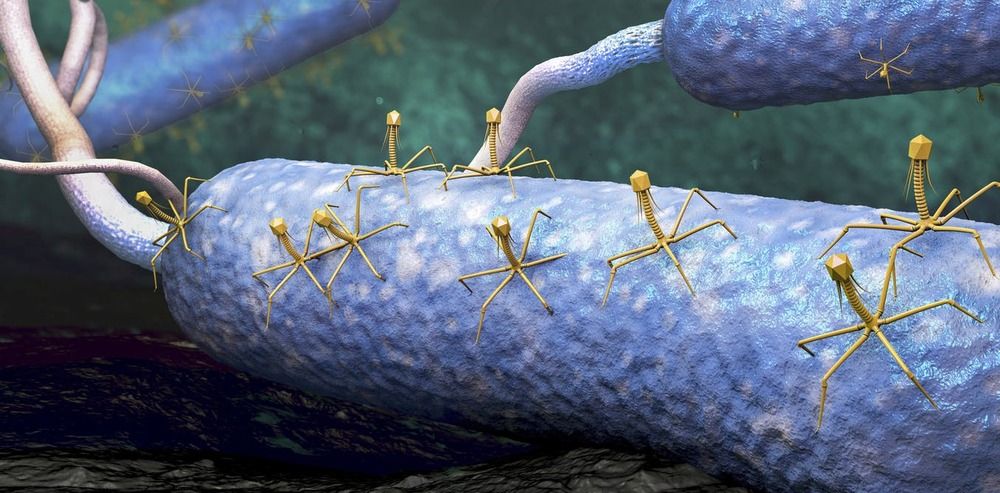
As the world fights the SARS-CoV-2 virus causing the COVID-19 pandemic, another group of dangerous pathogens looms in the background. The threat of antibiotic-resistant bacteria has been growing for years and appears to be getting worse. If COVID-19 taught us one thing, it’s that governments should be prepared for more global public health crises, and that includes finding new ways to combat rogue bacteria that are becoming resistant to commonly used drugs.
In contrast to the current pandemic, viruses may be be the heroes of the next epidemic rather than the villains. Scientists have shown that viruses could be great weapons against bacteria that are resistant to antibiotics.
I am a biotechnology and policy expert focused on understanding how personal genetic and biological information can improve human health. Every person interacts intimately with a unique assortment of viruses and bacteria, and by deciphering these complex relationships we can better treat infectious diseases caused by antibiotic-resistant bacteria.
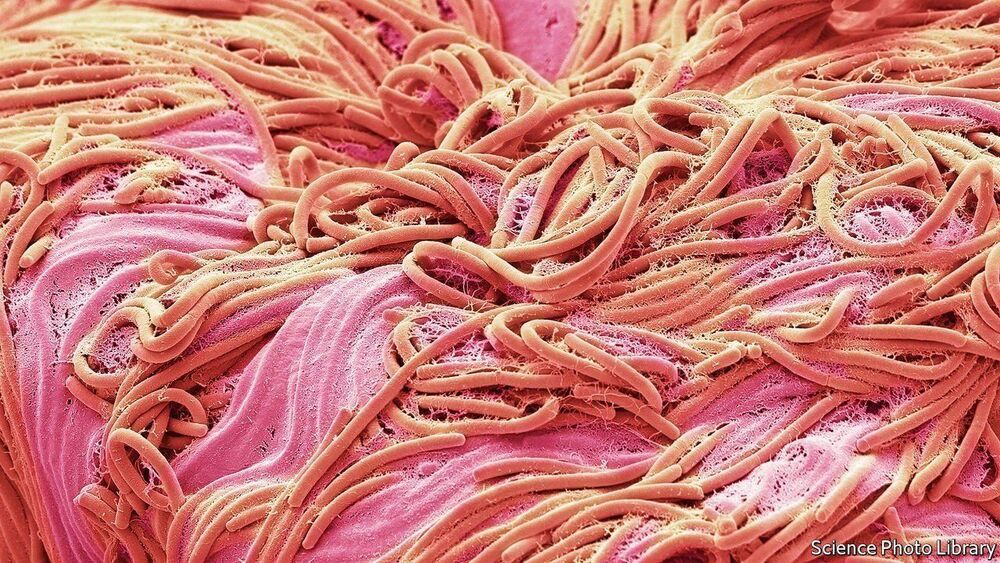
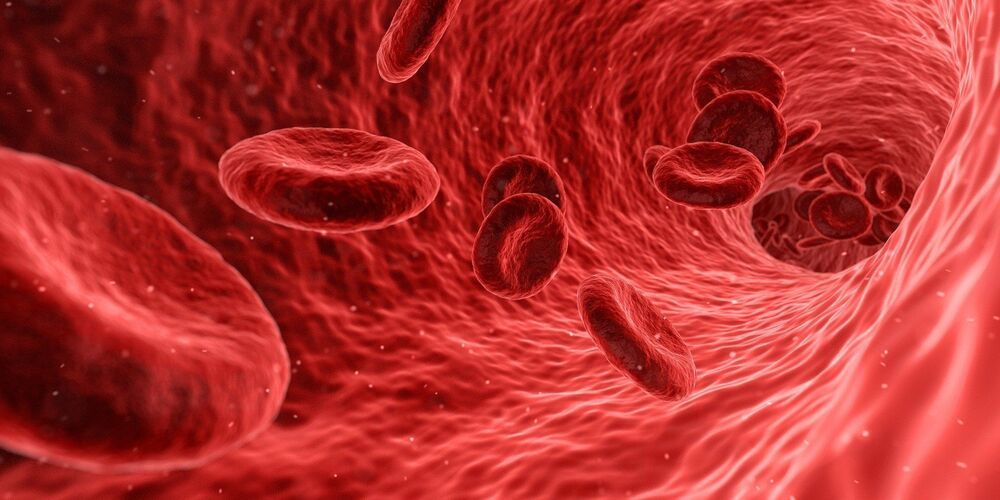
The hematopoietic (blood-forming) stem cells (HSCs) residing in our bone marrow produce all of our blood cells, including key immune cells that protect us from bacteria and viruses. As we age, our HSCs become less efficient and less able to make healthy new blood cells. In a study published online today in Nature, researchers at Albert Einstein College of Medicine have found that this reduction in HSC efficiency is caused in part by the deterioration of chaperone-mediated autophagy (CMA), the housekeeping process that removes damaged proteins and other waste materials that interfere with cells’ ability to function.
“While the aging of HSCs in our bone marrow is inevitable, the good news is that it may be reversible,” said co-study leader Ana Maria Cuervo, M.D., Ph.D., professor of developmental and molecular biology, of anatomy and structural biology, and of medicine, and the Robert and Renée Belfer Chair for the Study of Neurodegenerative Diseases at Einstein. “Our studies in mice suggest that drugs we’ve developed at Einstein can activate CMA and potentially restore the vitality of HSCs in older people.”
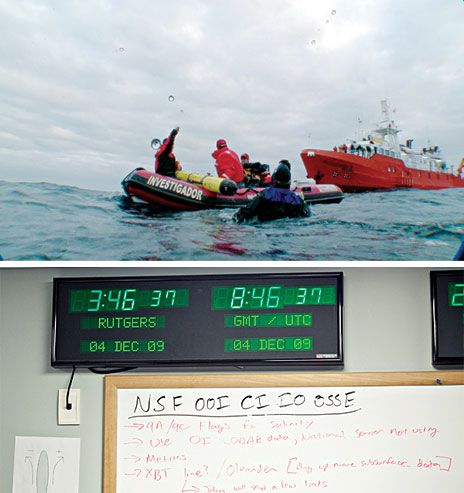
Circa 2010
About 48 kilometers off the eastern coast of the United States, scientists from Rutgers, the State University of New Jersey, peered over the side of a small research vessel, the Arabella. They had just launched RU27, a 2-meter-long oceanographic probe shaped like a torpedo with wings. Although it sported a bright yellow paint job for good visibility, it was unclear whether anyone would ever see this underwater robot again. Its mission, simply put, was to cross the Atlantic before its batteries gave out.
Unlike other underwater drones, RU27 and its kin are able to travel without the aid of a propeller. Instead, they move up and down through the top 100 to 200 meters of seawater by adjusting their buoyancy while gliding forward using their swept-back wings. With this strategy, they can go a remarkably long way on a remarkably small amount of energy.
When submerged and thus out of radio contact, RU27 steered itself with the aid of sensors that registered depth, heading, and angle from the horizontal. From those inputs, it could dead reckon about where it had glided since its last GPS navigational fix: Every 8 hours the probe broke the surface and briefly stuck its tail in the air, which exposed its GPS antenna as well as the antenna of an Iridium satellite modem. This allowed the vehicle to contact its operators, who were located in New Brunswick, N.J., in the Rutgers Coastal Ocean Observation Lab, or COOL Room.